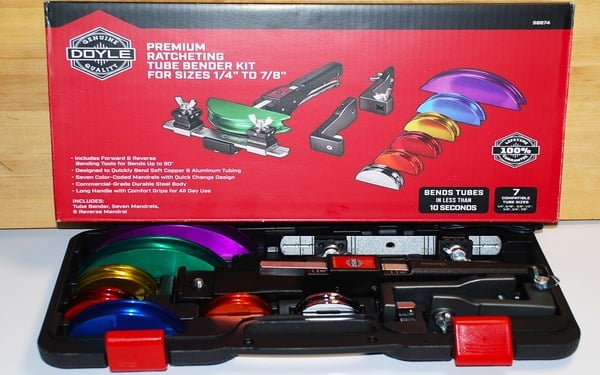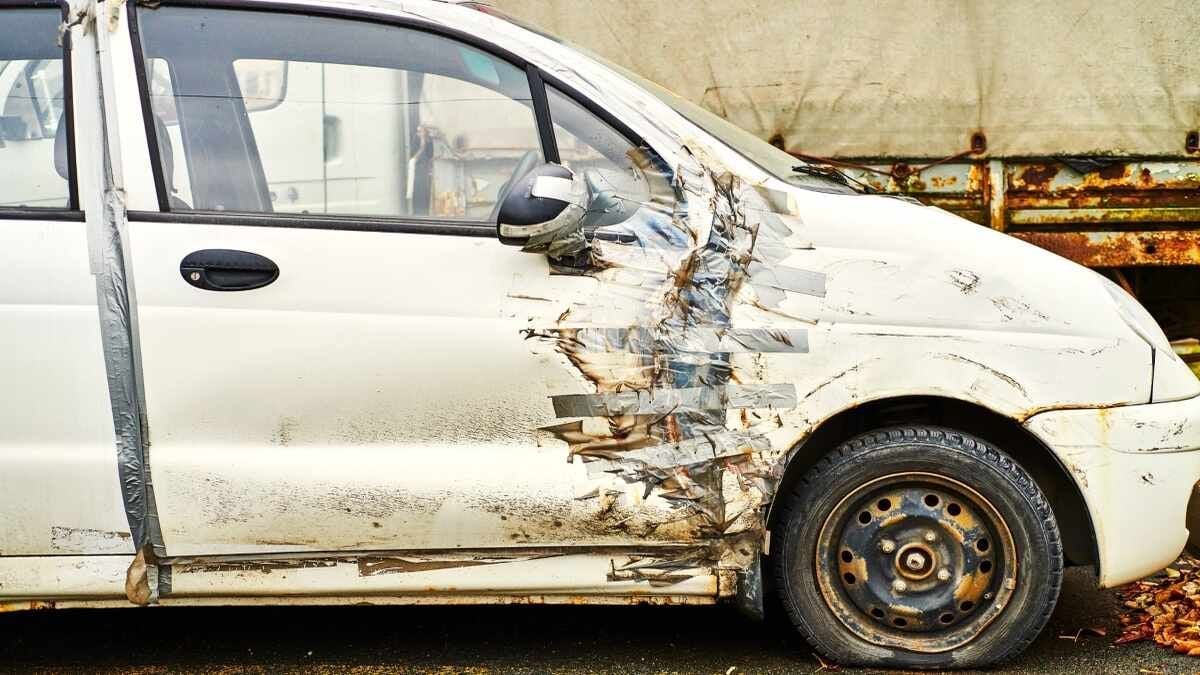If laughter really is the best medicine as the old saw goes, then for those of us who work on cars, car-related humor (and maybe a beer or two) is just the ticket to take the edge off of a week when things went (or just about went) terribly wrong.
Related article: Just Rolled In Friday Fix: Bad Owners, Bad Cars
Failing to Follow My Own Car Repair Advice
Two pieces of advice that I’ve carried for years are the most important tools anyone can possess in the garage whenever working on a car: (1) patience and (2) always using the right tool for the right job.
This week I lapsed on using both and caught myself becoming a candidate for the Just Rolled In YouTube channel when I realized all of my efforts toward routing a new fuel line replacing an old Ford Autolite carburetor with a new Holley was beginning to look something like a Rube Goldberg creation.
Essentially, I had rubber tubing and the original metal fuel line taking a crazy twist and turn around the distributor in order to route the original fuel line from the fuel pump to the new carb…all because I was in a hurry. And the fact that I was avoiding building a proper fuel line because I never had any luck (except bad) bending steel tubing without kinking it using one of those $20 handheld tube benders sold in automotive parts stores.
Fortunately, I got a metaphysical slap in the face watching someone try to help me with the fuel line after he handed me his version of what I needed, with the comment, “This should work.”
A gravestone epitaph in the making if I ever heard one.
Following My Own Car Repair Advice
Long story short, I stepped away from the engine and began looking for online instruction on the best way to bend tubing for fuel lines. What I found was that all of my previous tube bending failures were based mostly on using the worst tool (next to a pair of vice grips and an assortment of old sockets) for bending 3/8-inch steel tubing.
In other words, I was using not so much the wrong tool, but the worst version of a tube bending tool for doing the right job. I needed something better…and affordable. Which meant a trip to Harbor Freight.
Oddly enough the tool I needed was in the HVAC section and not the automotive section: the Doyle Premium Ratcheting Tube Bender Kit for $139.99. Although rated for use on soft metals like copper and aluminum, it will work on small-sized steel tubing.

Back in the garage, I did some test runs on copper tubing to gain familiarity on how the tool works and then ventured onto the steel tubing. An hour later of painfully careful forward and backward bends, I had a nearly professional looking metal fuel line that was much shorter and more direct going to the carburetor.
Looking back at my earlier Rube Goldberg concoction of metal and rubber I wondered what I was thinking and came to realize that, “Yeah, I wasn’t” ―until some second party intervention scared me straight.
Tips on Using the Harbor Freight “Doyle Premium” Ratcheting Tube Bender
1. Always practice with cheap aluminum or copper tubing of the same size.
2. Start with a longer tube than you think you will need.
3. Plan your bends with the end that has the screw coupler, with extra tubing on that end. Your sharpest bend will likely be near the coupler end and you will need that extra bit for the ratchet tool to grab during the bend.
4. Always keep your coupler nearer to the final end than the closest bend. If you don’t you will find the coupler cannot slide toward the end. D’OH!
5. You do not have to strictly follow the tube settings on the ratchet. Sometimes using two different settings together allows a bend closer to what you want.
6. Most important of all: Do not try to complete each bend with one ratcheting action―you are more likely to cause a kink this way. A more successful way is to use multiple small bends beside each other to create a non-kinking curve or obtuse angled bend.
Car Related Friday Humor and Reminder
That said and done, here is a recent episode from the Just Rolled In YouTube channel that stuck a chord with me this past week and how I almost wound up becoming one of those “People Who Should Not be Driving.”
Customer States Another Shop Tried to Fix A Leak With Cardboard
For additional examples of when owners do their cars wrong, here are 3 picks for your consideration:
- Just Rolled In Homer Simpson Edition
- Car Owners Who Should Not Be Car Owners
- Just Rolled In Customer Heats Car with Lit Propane Burner…and More!
Timothy Boyer is an automotive reporter based in Cincinnati. Experienced with early car restorations, he regularly restores older vehicles with engine modifications for improved performance. Follow Tim on “Zen and the Art of DIY Car Repair” website, the Zen Mechanic blog and on Twitter at @TimBoyerWrites and Facebook for daily news and topics related to new and used cars and trucks.
COMING UP NEXT: The Common Car Tool You Should Never Buy Cheap
Image source: Deposit Photos





